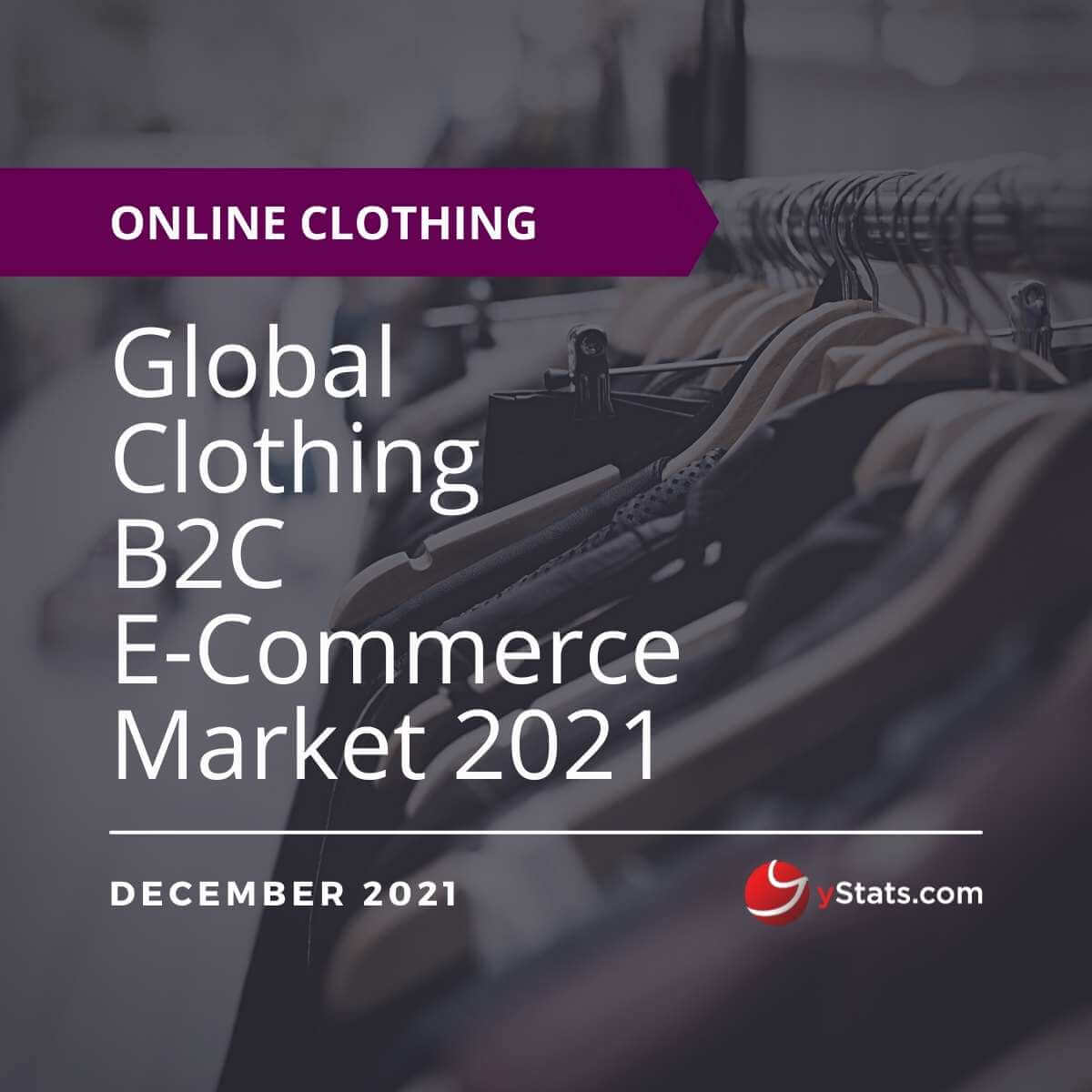Description
Countries Covered: Denmark, France, Germany, Netherlands, Russia, Sweden, Switzerland, Turkey, UK
Pages: 74
Publication Date: 03/06/2021
Questions Covered in the report:
- What are the key drivers of the secondhand E-Commerce industry in Europe in 2021?
- What share of consumers in the developed European countries purchase secondhand apparel amid COVID-19?
- How often do consumers purchase secondhand items in Europe?
- What are the top local secondhand E-Commerce players in Europe as of 2021?
- What did the players in Europe do to win customers as the demand accelerated during COVID-19?
- Which top 5 online platforms are used for secondhand shopping in Sweden?
Key Findings:
Secondhand E-Commerce flourishes in Europe, as consumers pay special attention to sustainability: new yStats.com report.
The COVID-19 pandemic together with consumer interest in sustainability increased demand for secondhand goods in Europe
The COVID-19 pandemic and general interest in circular economy practices accelerated the growth of secondhand sales in 2020, and this continues in 2021. In Europe, the recently introduced French regulations aiming to significantly reduce industrial waste is likely to spread to other nations and positively impact the whole secondhand industry. However, with Brexit, the European Union lost one of the major suppliers, so secondhand market players have had to search for new sources of pre-owned goods, as detailed in the yStats.com publication.
On the country-level in Europe secondhand consumer profiles differ, but a general trend exists
Among all researched countries in Europe, a significant share of consumers has had an experience with purchasing secondhand clothing. In some countries, the share was as high as 75%, while for other it was around 20%. With that, online channels were usually among the top destinations for purchases. In terms of secondhand consumer profile, the largest demand growth on average is likely to come from the younger generations in Europe. Nevertheless, there are some exceptions, such as the United Kingdom, where almost half of all pre-owned goods were purchased by consumers over 55. Apart from secondhand clothing, European consumers also increasingly purchased pre-owned furniture and books, and for some countries these were the most popular product categories, according to figures cited in the new yStats.com report.
Secondhand E-Commerce players flourish on the European market amid COVID-19
The ranking of E-Commerce market players differed on the country level in Europe. However, when aggregated, the following were among the top local ones: Lithuanian Vinted, UK-based Depop, Rebelle from Germany, as well as French Vestiaire Collective. Each of these had customer base well above 10 million across available markets. Moreover, during the COVID-19 pandemic, secondhand E-Commerce players in Europe paid special attention to sustainability principle in their businesses, and raised substantial investment funding to fulfil their goals, according to figures cited in the new yStats.com publication.






